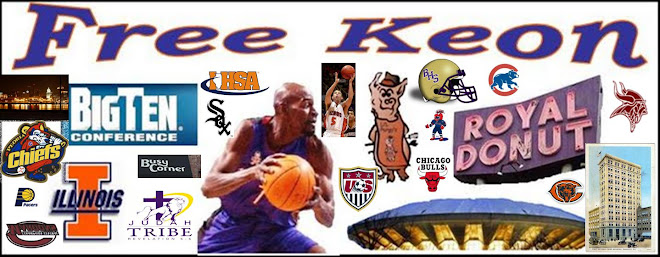He’s back. Brand new on the shelf is Nolan Richardson’s biography, “Forty Minutes of Hell.” The title refers to Richardson’s coaching style with the Arkansas Razorbacks.
I remember watching Richardson and thinking that this was someone who really knew how to turn up the heat in front of a TV microphone, as well. Not that Richardson didn’t have every right - For years, he was relegated to the other extreme, forced to keep his anger in its place – Richardson had to keep his cool, even as he smoldered inside.
The coach with more than 500 wins on his resume acknowledges his geyser can’t help but erupt at times. “That’s just my way, to speak out. When I coach, it’s me vs. everybody. I’m a black man with a big, strong voice. I have a certain physical stature.” (63, Forty)
Now, the leader of the 1994 NCAA champion Arkansas Razorbacks ratchets up the pressure and shares all in the book Bill Clinton calls “an incredible journey.”
Read this book because:
1. In a time rife with passivity, Richardson provides an example of how to have a spine and stand up for what we believe in.
He’s far from perfect, but his courage and boldness is something we can all learn from, no matter the issue we seek to address. “He won’t shut up about racism,” a veteran fan said about the trailblazer (10).
On the way to his NCAA championship season, Richardson told the Sporting News that he resented the media’s double-standard. “…If I would win games and some of the other black coaches would win, we would never win because of our brains and our techniques and our teachings… it was always because ‘Well, they’ve got the best athletes…’” (182)
2. Richardson’s story shows how important it is for each of us to have a strong ally.
In the midst of his playing career at UTEP, Richardson sat down for a life-changing meal with an El Paso alderman who also served as a referee. The alderman couldn’t fathom that someone would discriminate against someone of Richardson’s athletic stature, but that’s what happened. Infuriated, the alderman drafted legislation that made desegregation a reality.
Later, in his first coaching stint, Richardson refused to allow his team to suit up for the second half due to a free-throw differential. Enough discrimination was enough. The following Monday, Richardson was told to report to the school president. Boy, was he in for it, he thought. Richardson arrived but he had no reason to be nervous. “Don’t back down from anybody, Nolan,” his boss told him (64).
3. As important as it is to stick to your guns, parts of Richardson’s story remind the reader that it is necessary to operate in a team concept or there will be consequences for all.
“I need you to be happy,” Richardson’s boss said in a private meeting at the same time as the coach was challenging the school in public. I don’t think you realize how you come across has far-reaching implications for what I am trying to accomplish here at the university.” (226)
Clearly, “Forty Minutes of Hell” is a complicated story. This is not light reading that can be neatly packaged into three points. However, like many of the books featured here in the past, the lessons presented through Richardson offer the opportunity for broader application.
If you can only spend 40 minutes with the book, do it. I guarantee you will gain an appreciation for the hall of fame coach.
Sam Miller/Free Keon
Tuesday, February 16, 2010
Subscribe to:
Post Comments (Atom)


![Validate my Atom 1.0 feed [Valid Atom 1.0]](valid-atom.png)
No comments:
Post a Comment